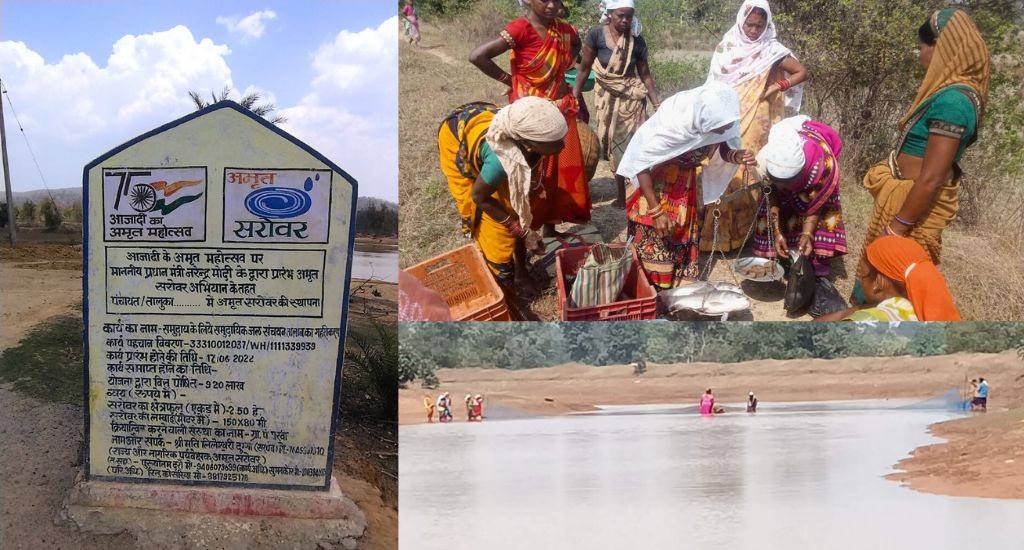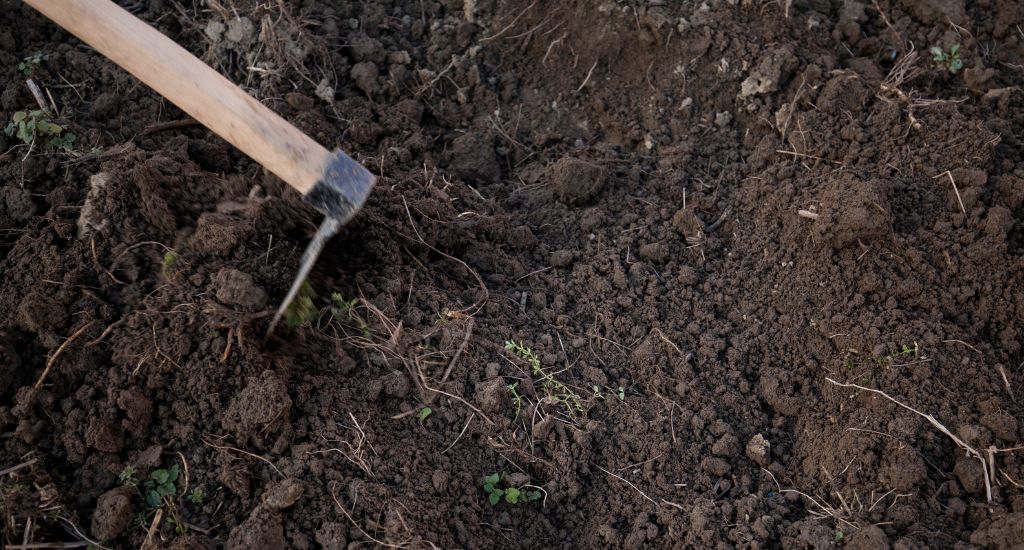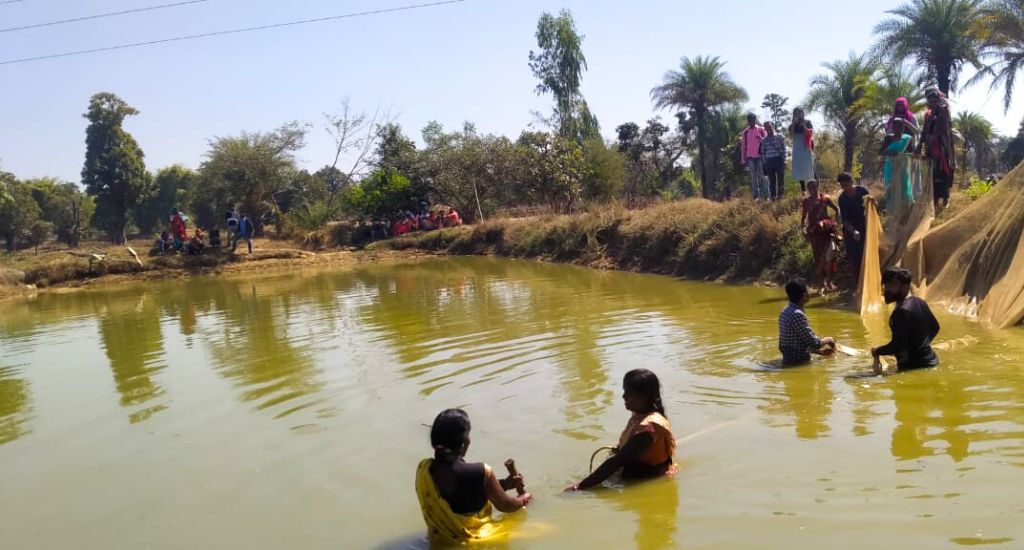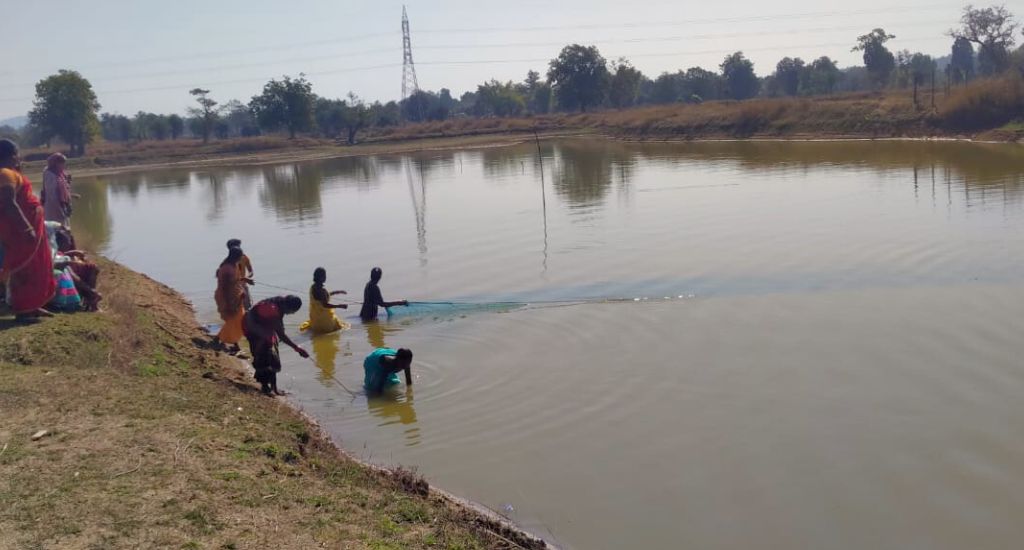
Digging pits to build lives the Chhattisgarh way
In a planned, coordinated effort by the government and other agencies, the employment guarantee scheme brings positive changes to the lives of tribal people in the extremism-affected Bastar.

In a planned, coordinated effort by the government and other agencies, the employment guarantee scheme brings positive changes to the lives of tribal people in the extremism-affected Bastar.
In 2014, Prime Minister Narendra Modi expressed his apprehension about the effectiveness of the scheme under the Mahatma Gandhi National Employment Guarantee Act (MGNREGA), saying that it forced poor rural people to dig pits to survive. It was perhaps his first-hand response to this act.
This story illustrates how the Centre and the Chhattisgarh state government collaborate effectively to use this very scheme to bring positive changes to the lives of tribal people in the left-wing extremism (LWE) affected districts of the Bastar division.
“I have worked for seven weeks under MGNREGA since January this year and my husband has worked for nine weeks,” said Surekha of Pairvi village in Bhanupratapur block of Kanker district.

Their wages were credited to their bank accounts through the direct benefit transfer (DBT) scheme. All the women we spoke to at Pairvi and later at Tugde village mentioned that they worked between six and eight weeks. Several women said that their husband or other family members had also worked.
At Kange village, Mehtaar and Srichand said their families had worked for 150 days each this year. Several had done 60-80 days of work and did not seek more. And the year is not even over yet. The average national work days generated under MGNREGA was 42–52 days during 2018-19 to 2020-21.
Since 2006, the Centre has been supporting 100 days of wage work in a financial year under the MGNREGA scheme to a registered rural family. Later, in drought or natural calamity-notified rural areas, the total was increased to 150 days.
The Chhattisgarh government has added a further 50 days at its cost. The additional 50 days announced since January 2014 for the Scheduled Tribes who were allotted individual titles under the Forest Rights Act is being provided in Chhattisgarh.
Malti and her husband Shivnath Kule of Pairvi village together worked for 200 days in the last financial year. Women reported getting paid on time within a fortnight.
Kuntal Mukherjee of Professional Assistance for Development Action (PRADAN), a development organisation, has been working in the state for the last 12 years and appreciates the digitisation that enables direct benefit transfer and the dedication of the state administration in implementing MGNREGA with DBT effectively.

The grain distributed during the pandemic alone could not have ensured the survival of hundreds of 5-7 member families. He reminisces spearheading efforts to ensure Aadhaar seeding in each job card, which eased payments.
Working closely with the MGNREGA cell of the government of Chhattisgarh, Mukherjee said, “Had there been no MGNREGA, no DBT and no bank sakhi to bring cash to members from their accounts, there would have been mass starvation in these districts during the COVID-19 lockdown.”
Interestingly, the pits that these women dig are not random earthwork. They are beautifully designed dabri (farm pond) on their farms for water harvesting. In effect, the funds of MGNREGA are being creatively and effectively used to create a durable asset of great value to the people.
Naturally, this effective implementation has not happened on its own. In most states, most job card holders do not realise full entitlement of 100 days despite holding annual kaam mango abhiyan (ask for work) since 2012.

Huge efforts to introduce a series of changes within the state administrative systems, monitor the performance and consistent follow-up from senior administrators and officials of MGNREGA cell, including timely payment disbursal, have contributed to this sea change.
In the first place, a sort of perspective, a long-term plan of how MGNREGA funds could be used for creating water harvesting and other useful structures was prepared with the approval of senior administrators. This facilitates creating an entire portfolio of projects consistent with the perspective plan.
Each gram panchayat made a five-year plan with prioritisation in tune with the district plan. Once this too received administrative approval, the task became much easier.
“We have job cards. We tell the sarpanch and the panchayat sachiv about which farm pond from amongst the previously prepared shelf of projects we want to work on. Then we get approval in a short while,” said Surekha.
Occasionally, a gram panchayat member needs to follow up, but sanctioning happens quickly. In Balasar village of Kondagaon district, multiple worksites are opened simultaneously in different wards of the villages to ensure adequate work, the employee guarantee assistant (rozgar karmachari) said. Once the work is done, a muster roll is signed and entered into the computerised formats.
“The MGNREGA system works well in the state, even in extreme LWE-affected blocks. This is possible only because of a collaborative, systemic planning and implementation under the high impact mega watershed project in collaboration with MGNREGA cell of the Chhattisgarh government, BRLF, Axis Bank Foundation and 12 community service organisations (CSOs). The willingness of the government to implement MGNREGA in a hassle-free manner with full transparency is also a positive catalyst for the whole state,” said Mukherjee.
The results are remarkable. Not just income, women talked about child day care facilities and drinking water provisions at the worksite, and the ways of engaging senior citizens and physically challenged persons in MGNREGA.

A woman who has worked at least for 50 days under MGNREGA in the last financial year can apply for 30 days of wages as matritwa bhatta in the ensuing year, for her delivery. After working for 15 days, workers are entitled to insurance coverage under the Rashtriya Swasthya Bima Yojana. Despite the passage of the Unorganised Sector Social Protection Act three years after MGNREGA, social protection remains unrealised in most other unorganised sectors.
MGNREGA wage income accounts for almost 25 percent of a household’s gross income. This is a huge advantage to the community. On one hand, it provides work within the village and prevents migration to distant places, and on the other, it contributes to building durable assets of direct use to the people.
This cash income helps them to eat and dress better, educate their children and build household assets. A possibly intended side effect is that the level of discontent with the state among the tribal people has reduced substantially and youth are not readily available for recruitment by the extremists.
So, digging pits under MGNREGA is helping build lives, and bring peace and prosperity to the once-neglected Bastar division. A lighthouse in the hinterland.
The lead image at the top shows farmers digging pits to make farm ponds (Photo by Kuntal Mukherjee)
Shaswati Ghose is a freelancer researcher based in Ranchi.